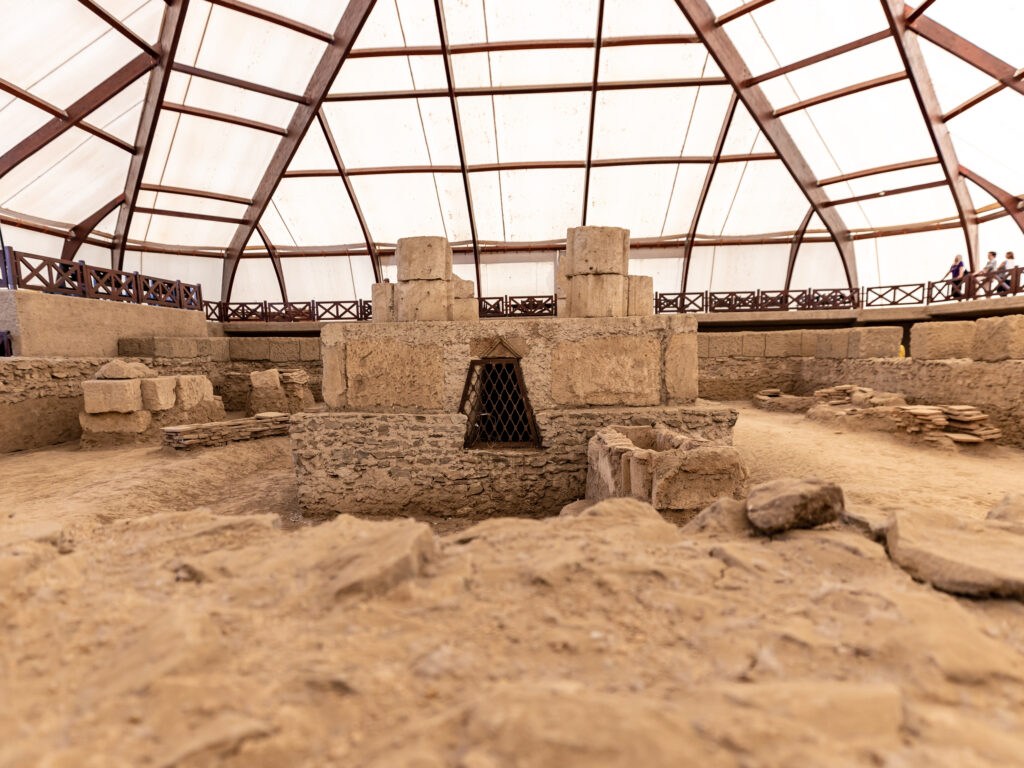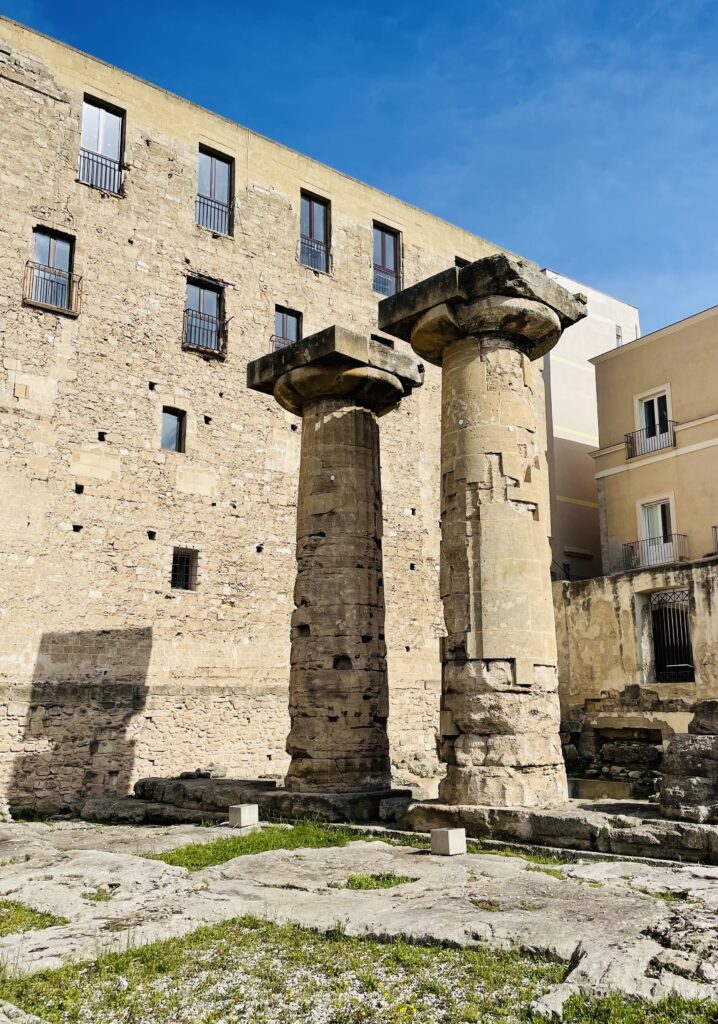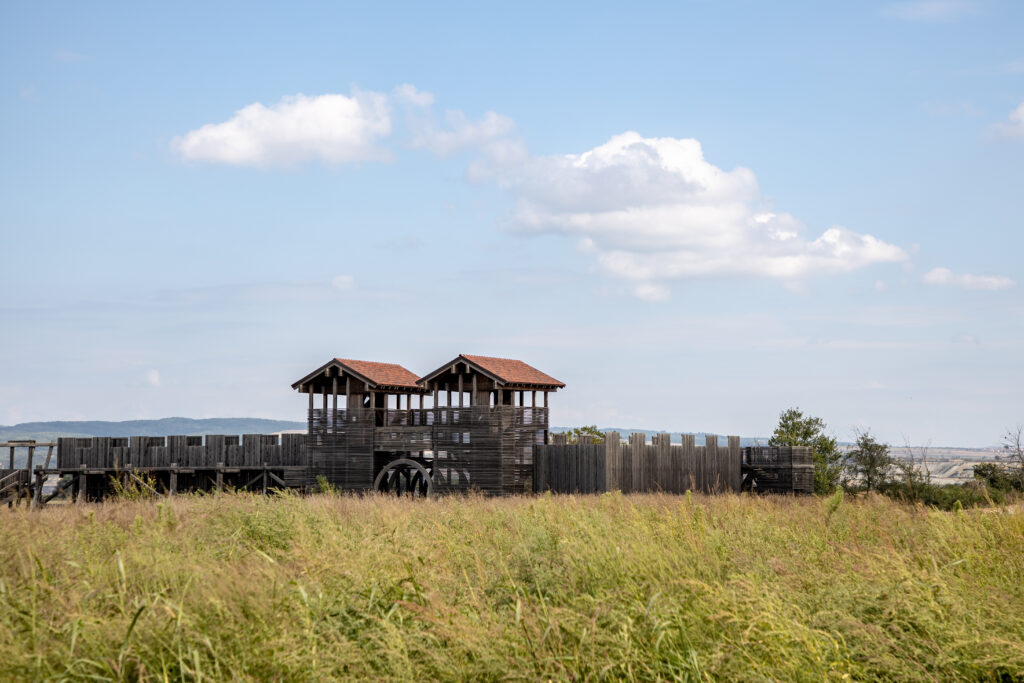Get ready for a thrilling ride as we time-travel across the centuries, exploring different Halloween celebrations. The name of our adventure is “The Halloween Junkie’s Ride: Celebrations Differed Through Each Spooky Century”. Imagine being whisked away into an era of ancient Halloween traditions, then fast-forwarding to the future where the festivities are full of modern twists! Prepare to be amazed and excited as you journey through the marathon of Halloween history. So, hold onto your broomsticks, and let’s begin this magical ride.

This image is property of images.pexels.com.
Ancient Origins of Halloween
Thousands of years ago, Halloween had its beginnings in a Celtic festival named Samhain.
The Celtic festival of Samhain
A long, long time ago, the Celtic people who lived in the areas we now call Ireland, the United Kingdom, and northern France, celebrated a holiday known as Samhain. They believed that on the last day of October, the boundary between the living and the dead became blurred. The Celts thought that the spirits of the dead returned to earth and caused trouble. But they also believed that their priests could predict the future during this time, which would help them during the long, cold winter.
Roman influences on Samhain
When the Romans, who had their own fall festivals, took over the Celtic lands, they combined their celebrations with Samhain. These Roman festivals also included the remembering of the dead and celebrating a good harvest.
Christian influence and All Hallows Eve
As Christianity grew in these areas, the festival of Samhain began to be influenced by Christian beliefs. The night before a celebration called All Saints Day (also known as All Hallows Day) was referred to All Hallows Eve, and later Halloween. All Saints Day was a time to remember all the saints and dead Christians.
Medieval Halloween Celebrations
The way people celebrated Halloween began to change in the Middle Ages.
Practices and superstitions
People in the Middle Ages used to have many superstitions, or beliefs based on fear and ignorance. One of these was “souling” – poor people would go from house to house on Halloween, offering prayers for the dead in exchange for food.
Christianisation of Halloween
The Church made attempts to replace some of the older Celtic and Roman practices with more Christian-focused celebrations. The focus of Halloween shifted more towards remembering the dead, especially saints and martyrs.
Significance of bonfires
During this period, bonfires became a significant part of Halloween celebrations. People believed that the flames, smoke, and ashes had protective and cleansing powers.

This image is property of images.pexels.com.
Halloween in the 17th and 18th Centuries
The way Halloween was celebrated continued to change over the years.
Impact of the Protestant Reformation
This was a time of big changes in the Church, with the spread of Protestant beliefs that were different from the Catholic Church. This change decreased the celebration of Halloween in some areas.
Witch trials and Halloween
During this time, people’s fear of witches was very strong. This led to witch trials and executions, which had an impact on Halloween traditions. In some places, Halloween was associated with witchcraft and was seen as dangerous.
Irish and Scottish customs
In Ireland and Scotland, customs like divination, or trying to predict the future, became a big part of Halloween. People would play games to try to predict who they would marry or how their future would be.
19th Century Halloween Transformation
In the 19th Century, Halloween began to look a bit more like it does today.
Halloween in Victorian Britain
During the Victorian era, British Halloween celebrations still involved fortune telling and remembering the dead, but it was becoming more of a fun holiday for children with the introduction of games and parades.
Folk traditions and fortune telling
Traditional fall festivals during this period included telling of ghost stories and making of jack-o’-lanterns from turnips. Fortune telling was still a big part of Halloween.
Beginning of modern Halloween
By the end of the 19th century, Halloween celebrations were focusing more on community and fun. The frightening and religious aspects of Halloween were less noticeable.

This image is property of images.pexels.com.
Early 20th Century Halloween in America
Halloween came to America with immigrants from Europe and it started to be celebrated in a big way.
Irish immigrants and Halloween
The Irish immigrants brought their Halloween traditions to America. They began the practice of carving jack-o’-lanterns from pumpkins, which were more plentiful in America.
The birth of trick-or-treating
The tradition that we now know as trick-or-treating began in the early 20th century. Children would dress in costumes and go door-to-door asking for food or money.
Halloween parties and community celebrations
Public Halloween parties became popular. They focused on games, foods of the season, and festive costumes. Parents were encouraged to remove anything scary or grotesque from Halloween celebrations.
Halloween during the World Wars
The way people celebrated Halloween changed during the World Wars because things like sugar were hard to come by.
Shifts in Halloween traditions
Halloween traditions had to change when many things were not available during war times. There was less trick-or-treating because of sugar rationing.
Rationing and its impact on Halloween
Because things like sugar had to be saved for the soldiers during the war, there were fewer sweets for Halloween. This affected things like trick-or-treating and baking traditional Halloween treats.
Post-war Halloween resurgence
Once World War II ended, people were ready to celebrate Halloween again. Trick-or-treating was a cheap way for communities to celebrate together, and it became very popular.
Halloween in the Latter Part of the 20th Century
In the late 20th Century, Halloween became the holiday that we know today.
Commercialization of Halloween
Companies saw a chance to make money from Halloween. lots of Halloween decorations, costumes, and candies began to be sold in stores.
Evolution of costumes and decorations
The way people dressed up for Halloween and decorated their houses changed over the years. Costumes became more elaborate and decorations more creative.
Movies and other pop culture influence
Movies, TV shows, and popular culture began to influence Halloween in a big way. Monsters, superheroes, and movie characters became popular costume choices.
21st Century Halloween
Today, Halloween is celebrated in many different ways all over the world.
Modern Halloween celebrations
Halloween celebrations today are a mix of fun, spooky, and sometimes silly ceremonies that focus on costumes, candy, and decorations. Trick-or-treating, carving pumpkins, and watching scary movies are some of the most popular activities.
Globalization of Halloween
Halloween has become popular in many parts of the world, with countries around the globe adopting the holiday and celebrating it in various ways, often incorporating their own traditions.
Influence of social media on Halloween
Social media plays a big role in modern Halloween celebrations. People share photos of their costumes and decorations, and it’s a big part of how we experience Halloween today.
Comparative Study of Halloween Celebrations
Looking at Halloween celebrations over the centuries, we can see how it has changed and yet stayed the same in some ways.
Primary differences over the centuries
Halloween has evolved from a solemn pagan ritual to a fun community celebration. The focus has shifted away from the dead and the harvest towards community, costumes, and candy.
Similarities in celebrations across the years
Despite the changes, some things about Halloween have remained the same. It’s always been a time for people to let loose and have fun, and it’s always been a holiday that celebrates the strange and mysterious.
Impact of society and culture on Halloween traditions
The way society and culture have changed over the years has greatly influenced how Halloween is celebrated. Changes in religious beliefs, economic conditions, and popular culture all have had an impact on Halloween traditions.
The Halloween Junkie Take
As we wrap up, let’s have a fun look at how much Halloween has changed through the years.
Personal reflection on the evolution of Halloween
As a huge fan of Halloween, it’s been fascinating to see how this holiday has changed over time. It’s thrilling to thing about all the ways people have celebrated throughout history.
The constant allure of Halloween
No matter how much times have changed, the lure of Halloween remains. The air of mystery, the chance to dress up, and the joy of sharing spooky tales continue to draw people in.
A salute to the Halloween junkie’s ride through history
So, here’s to you, fellow Halloween junkie. Enjoy the history, the mystery, and most importantly, the candy. May your Halloween ride through history always be a spooky delight!
